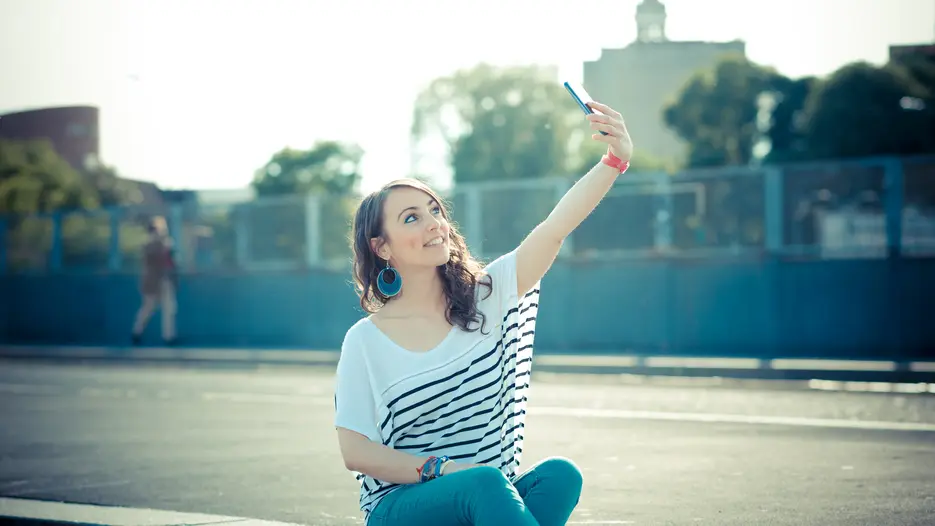When you consider the reactions to the selfie the teenage Syrian Anas Modamani took with Angela Merkel in 2015, one fact becomes apparent: Selfies influence the appearance of ideas, values and the way we act. The selfie as a phenomenon poses many questions that have to be investigated across disciplines - from communication and media studies to philosophy and ethics to cultural studies, religious studies or economics. Is the selfie a symbol of the weaker getting stronger or the harbinger of an epidemic of narcissism? Should it be celebrated or maybe even regulated? After all, more people died taking selfies in 2015 than were killed in shark attacks.
Students and researchers of the Department of Journalism of the KU have worked together last semester to investigate the character of selfies posted by prominent influencers in fashion, lifestyle or sports. The students took a closer look at 15 instagram stories of each celebrity. “Generally it can be seen that the classic selfie as a single-shot freeze has been displaced by short videos. With that said, no longer only the image composition is important, but also the content of the spoken commentary”, says Korbinian Klinghardt. He is research associate at the KU Journalism Department and together with his former colleague Dr. Jonas Schützeneder and Junior Professor Dr. Karin Boczek supported the students in analyzing the selfies.
The study focused on the interplay of image and sound, namely the question of how influencers convey messages via facial expressions and speech. As the study was able to show, the selfie lives and dies on the direct response from users and - surprisingly - can make do without any additional gestures. “We were surprised that in roughly 60 percent of the posts no obvious optic filter had been used on the image, such as for editing colors”, says Klinghardt. The students researchers also took a look at so-called self-pride, i.e. to what a degree social media users show pride in their own biography or present their own possessions and how they use text and images to that purpose. “The flaunted narcissim that we found was less marked than one might have expected. In only 20 percent of the cases, the content was classified as showing strong or very strong self-pride. In a surprising 50 percent of cases, influencer’s commercial content showed strong self-pride.” Seen from the perspective of communication studies, there is a lack of further theoretical and empirical groundwork on the selfie, as Klinghardt sees it. In addition, in a next step a media-psychological examination will have to show to what extent the influencers’ images affect recipients in concrete terms.
Selfies are also an issue in youth and pastoral care in schools. This can be seen in the project “Ich und mein Selfie” (My selfie and me), that was conducted at the Faculty of Religious Education at the KU in cooperation with students from local schools. Headed by Prof. Dr. Simone Birkel, the team took a look at the question how a teenager’s social media identity might look like and what chances and risks arise for youth work.
Both the project by the Journalism Department as well as the Faculty of Religious Education project will be presented at the first workshop of the selfie research network, which will take place on October 7 and 8. The event aims at bringing together different subjects, issues, methods and perspectives. For information on the event, please see https://zemdg.de/selfie-workshop/.
Information on the research network can be found at
https://zemdg.de/selfie-forschungsnetzwerk/
